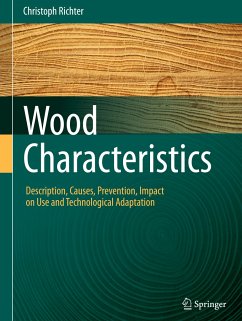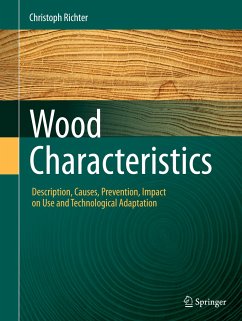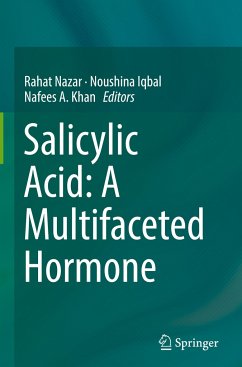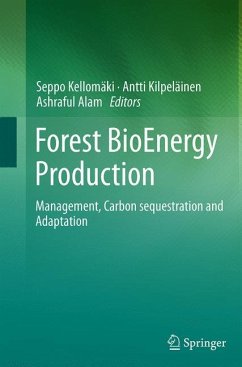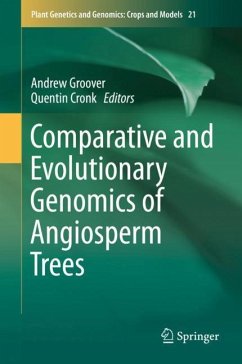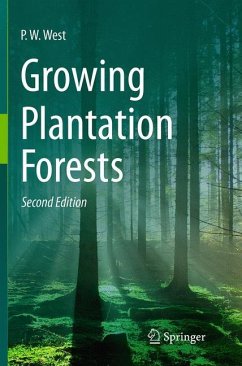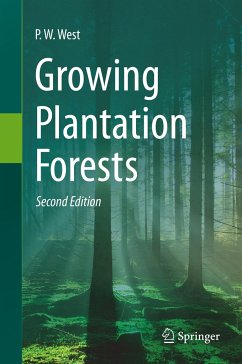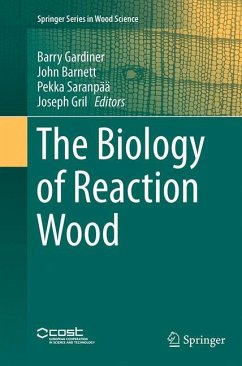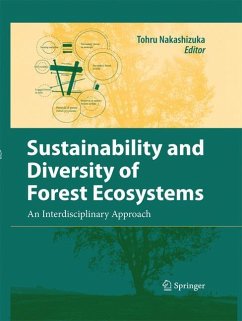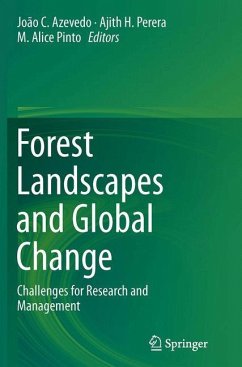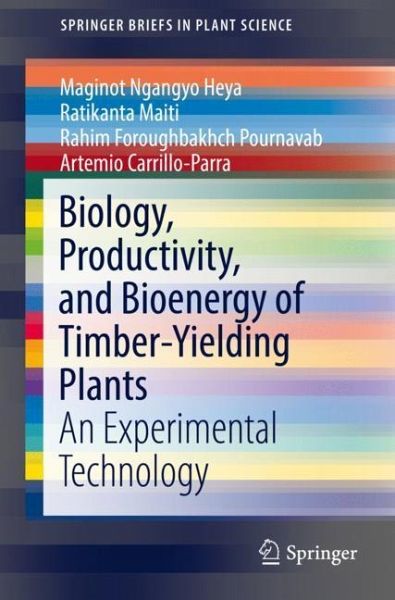
Biology, Productivity and Bioenergy of Timber-Yielding Plants
An Experimental Technology

PAYBACK Punkte
19 °P sammeln!
Face to the current global energy crisis, there is an urgent necessity of searching for alternatives to fossil fuels, and this book shows how timber is a promising resource for sustainable energy production. Northeast Mexico represents an important forest resource to satisfy the needs of the population in these areas. In order to harness these forest resources, technology for exploring these valuable resources must be developed. These technologies (with special reference to biology and wood technologies) are available in scattered form in a few books but there is no central, comprehensive sour...
Face to the current global energy crisis, there is an urgent necessity of searching for alternatives to fossil fuels, and this book shows how timber is a promising resource for sustainable energy production. Northeast Mexico represents an important forest resource to satisfy the needs of the population in these areas. In order to harness these forest resources, technology for exploring these valuable resources must be developed. These technologies (with special reference to biology and wood technologies) are available in scattered form in a few books but there is no central, comprehensive source for practical forest scientists for adopting efficient forest management, practice, and exploration.
This book deals with the characterization of the vegetation, morphology, phenological development, biomass production (leaf, litter, wood), and bioenergy of some timber-yielding species of Northeast Mexico, which will serve as a guide to study timber-yielding plants in the native vegetation of Tamaulipan thornscrub and experimental plantations. This includes morphology, vegetation cover, biomass production in terms of volume leaf biomass, litter, and volume of fire wood and timber. Special emphasis is given to the estimation of bioenergy products and chemical composition (Ph, extractable lignin, and inorganic elements). Large variations exist in vegetation cover, morphology, phenological development, biomass production of leaf and litter, volume of wood and various variable of bioenergy products among the selected species. The maximum production was found in summer and the volume of the harvestable timber was obtained in experimental plantations. This book, therefore, will serve as a practical handbook to characterize timber-yielding plants, which will help to efficiently manage forestry resources.
This book deals with the characterization of the vegetation, morphology, phenological development, biomass production (leaf, litter, wood), and bioenergy of some timber-yielding species of Northeast Mexico, which will serve as a guide to study timber-yielding plants in the native vegetation of Tamaulipan thornscrub and experimental plantations. This includes morphology, vegetation cover, biomass production in terms of volume leaf biomass, litter, and volume of fire wood and timber. Special emphasis is given to the estimation of bioenergy products and chemical composition (Ph, extractable lignin, and inorganic elements). Large variations exist in vegetation cover, morphology, phenological development, biomass production of leaf and litter, volume of wood and various variable of bioenergy products among the selected species. The maximum production was found in summer and the volume of the harvestable timber was obtained in experimental plantations. This book, therefore, will serve as a practical handbook to characterize timber-yielding plants, which will help to efficiently manage forestry resources.





